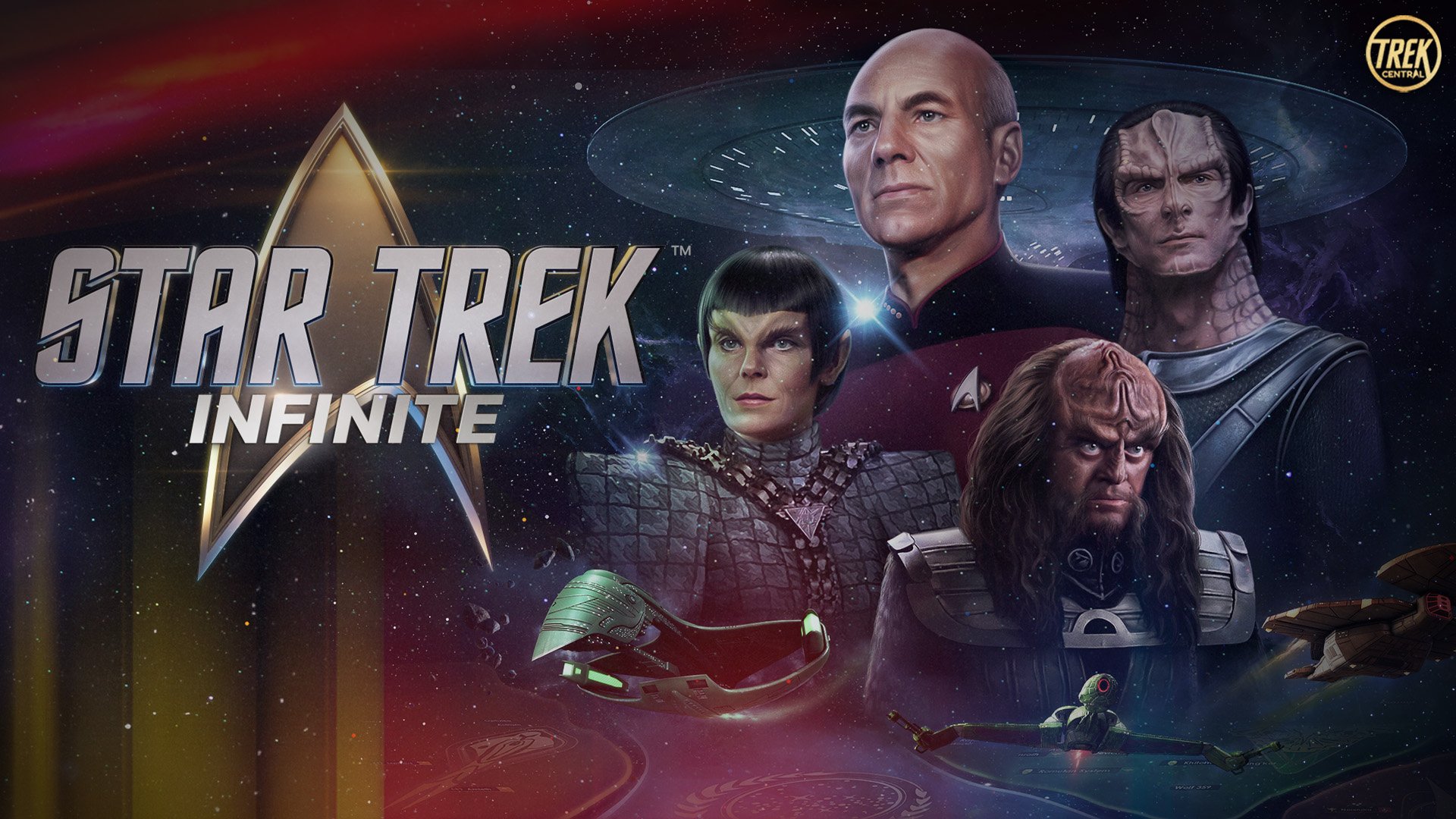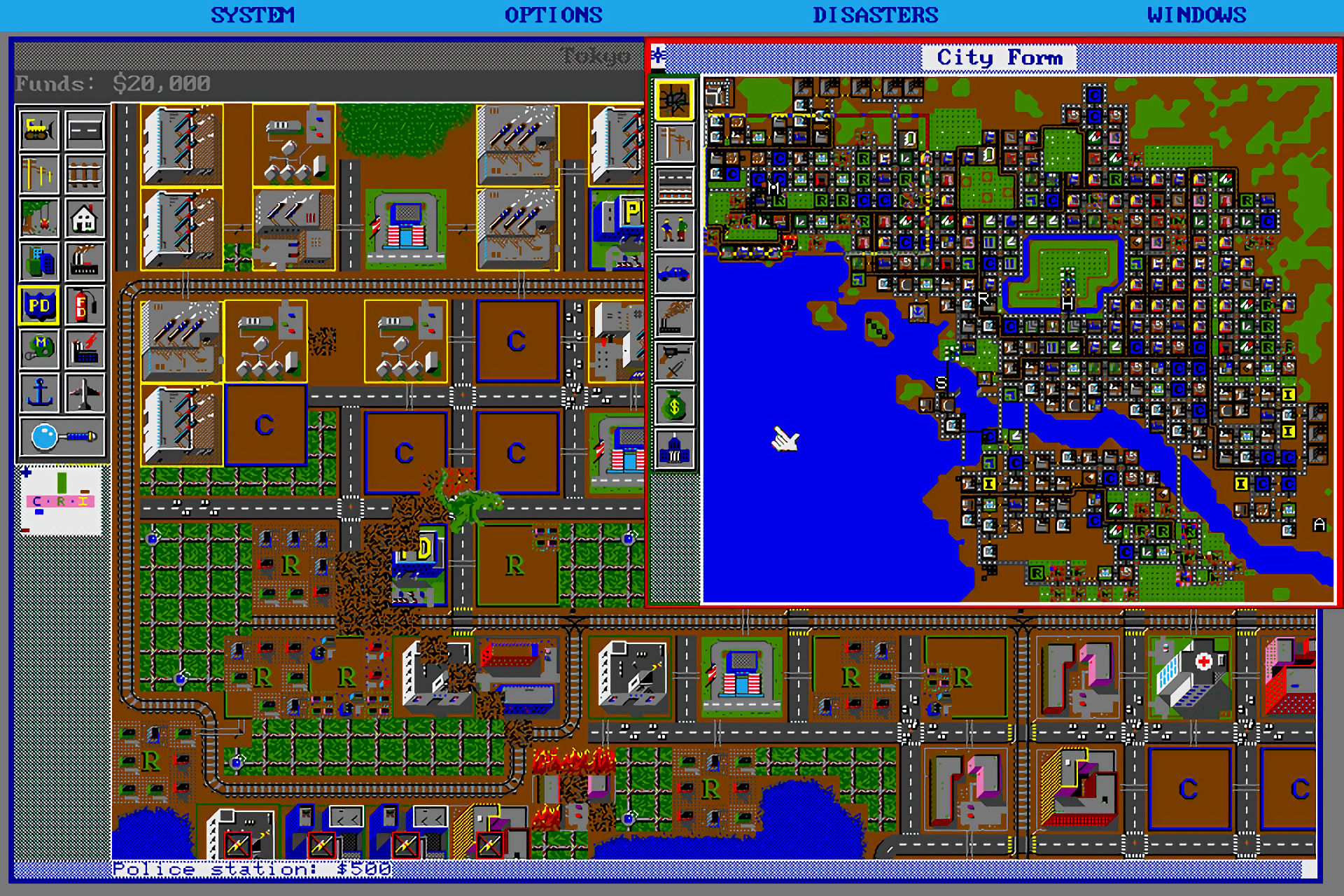A Familiar Cosmic Odyssey with Room for Improvement.
Star Trek: Infinite, the grand strategy game that boldly ventures into the vast cosmos of the Star Trek universe, is a double-edged sword for fans of both Stellaris and the iconic science fiction franchise. Developed by Nimble Giant Entertainment and published by Paradox Interactive, this game undoubtedly brings the Star Trek experience to life within Stellaris’s familiar framework. However, it doesn’t quite escape the gravitational pull of its roots, leaving players with a sense of déjà vu.
Infinite doesn’t reinvent the wheel; it hijacks Stellaris’s engine, codebase, assets, and gameplay systems, effectively creating an official Star Trek mod sold for $30 USD. It’s an idea that makes sense on paper, given Stellaris’s foundations in space exploration, diplomacy, economics, and warfare, all of which align with Star Trek’s core themes. Yet, this fusion doesn’t escape the mod-like feeling that pervades the game.
Exploration, diplomacy, warfare, and management remain akin to Stellaris. You’ll still dispatch research ships, build bases, develop colonies, and engage in diplomacy and warfare. Infinite does introduce some Star Trek-themed elements like faction-specific mission trees, the concept of Galactic Tension, and the creation of neutral zones, which fit the setting well and provide enjoyable variety.
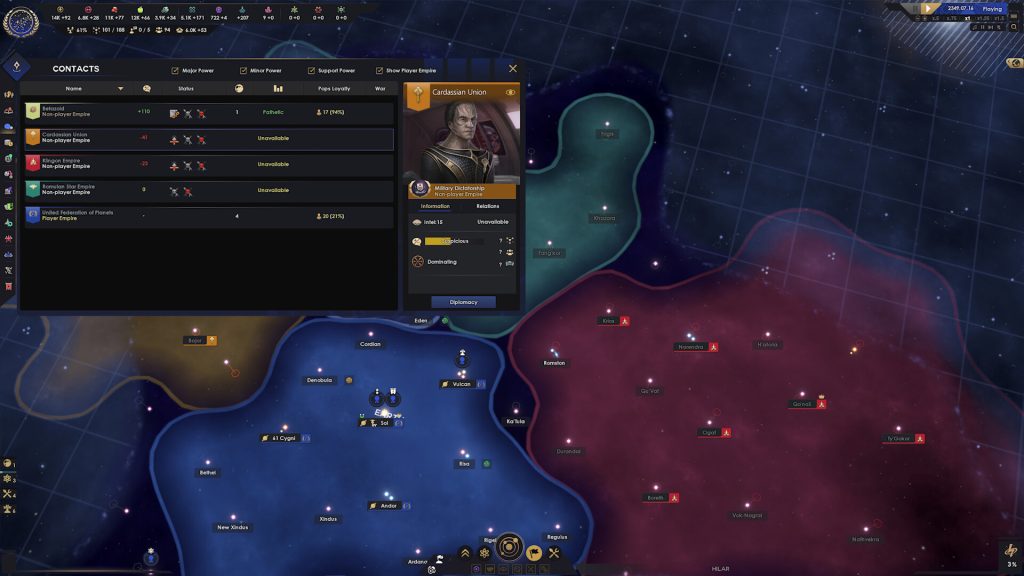
You can select from four major factions – the Federation, Klingons, Romulans, or Cardassians, each with its own unique mechanics and playstyles. The Federation excels in diplomacy, seeking to integrate new members peacefully. You’ll even embark on missions involving iconic Star Trek vessels, such as the USS Enterprise, and have familiar faces like Data and Worf leading your crew.
The game’s narrative is reminiscent of the Star Trek timeline, featuring encounters with the Borg and other iconic moments. If you’re a Star Trek aficionado, this aspect alone offers a rich playground.
However, there’s an inescapable “been there, done that” feeling for those who’ve ventured through Stellaris. First contacts, for instance, could have been more immersive, but they still boil down to sending an Ambassador and waiting. Moreover, the game’s limited variety of alien species and factions might disappoint those expecting more from the Star Trek universe.
The fact that Star Trek: Infinite is essentially 85% Stellaris raises questions about its uniqueness. Stellaris enthusiasts can play free Star Trek mods, and this game doesn’t bring a lot of fresh elements to the table. It thrives on its smaller scope and laser focus on delivering an enjoyable Star Trek-flavored experience, sidestepping the pitfall of overcomplicating things with excessive subsystems.
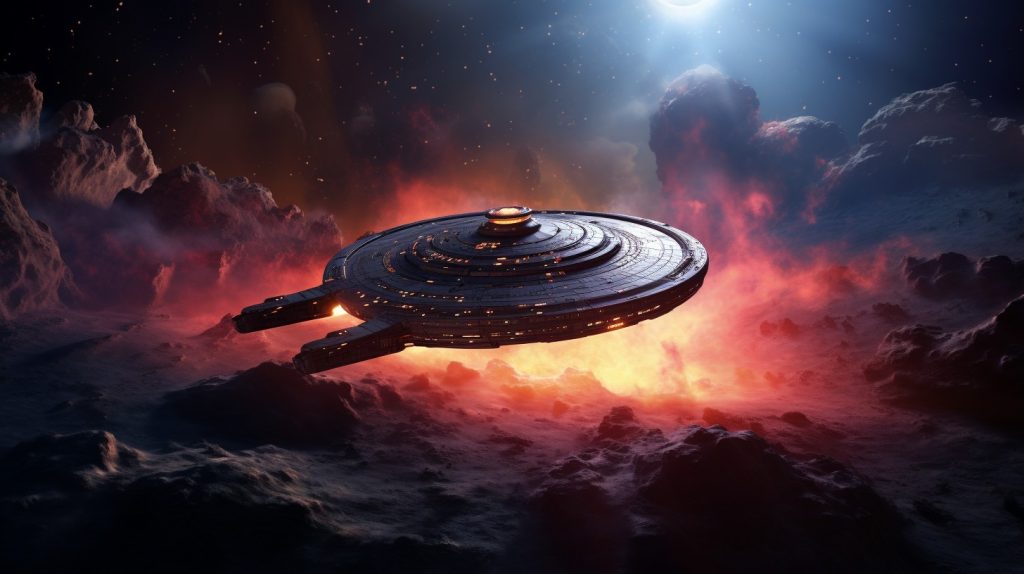
From a technical standpoint, the game offers stability but does have some launch issues typical of Paradox titles, including the occasional mission bug. However, it generally provides a stable experience without major visual glitches or crashes.
If you’re primarily a 4X grand strategy fan and a secondary Star Trek enthusiast, Stellaris remains the go-to choice. Star Trek: Infinite doesn’t eclipse Stellaris for pure strategy gameplay. However, for die-hard Trekkies who happen to enjoy gaming, Infinite beams a considerable amount of Star Trek-themed fun into your gaming room.
Star Trek: Infinite is a strategic odyssey dripping with canon and nostalgia, both loved and loathed in equal measure. It captures the essence of the Star Trek universe and provides ample opportunities for fans to immerse themselves in familiar stories while branching off into alternate narratives. Whether you’re a strategy buff or a devoted Trekkie, this game offers a satisfying experience, warts and all.
While it has its issues, such as limited explanations and occasional menu confusion, the diverse playstyles of the four factions, along with their unique mission trees and narratives, make for a challenging and engaging experience. The game’s two victory conditions – Triumph of Diplomacy and Galactic Hegemony – add depth and variety to the gameplay.
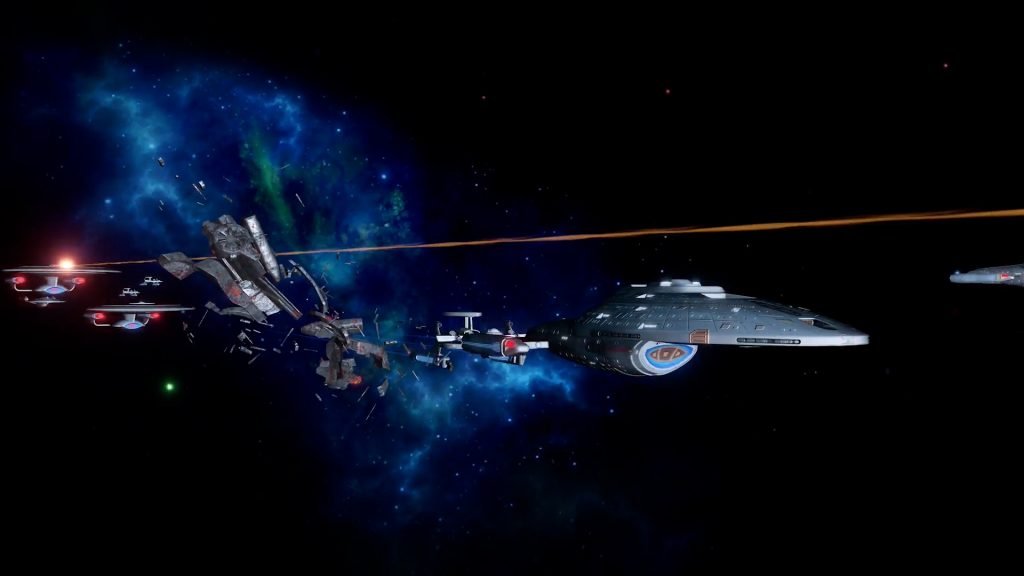

However, certain elements, like leader caps, can feel restrictive as empires expand, and the research system relies heavily on RNG, lacking an informative research tree. Ship design, while intriguing, can become needlessly complex, especially for newcomers.
Star Trek: Infinite is, at its core, an engaging Star Trek experience, and its gameplay systems, while familiar, offer much to enjoy. It’s a game crafted with love for Star Trek fans, overflowing with lore and story, and is undoubtedly tailored to the franchise’s enthusiasts.
Despite some rough edges and a lack of innovation, the game’s exploration, diplomacy, faction-specific playstyles, and narrative components offer a wealth of replayability. The potential for future updates and content additions promises to keep fans engaged. Star Trek: Infinite isn’t just for Trekkies; it’s a must-play for anyone who loves the Star Trek universe. Engage!

